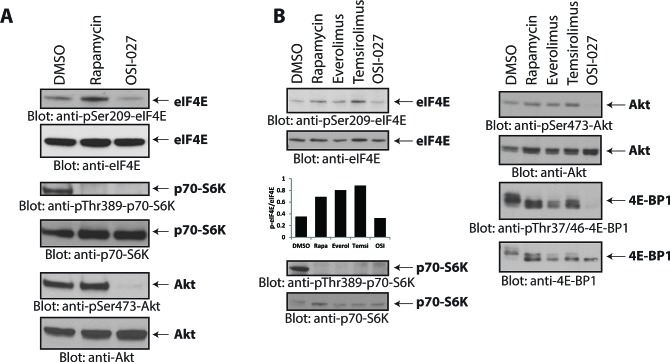Figure 1. Rapalogs increase phosphorylation of eIF4E on Ser-209 in medulloblastoma cells.
(A) Daoy cells were incubated with rapamycin (20 nM) or OSI-027 (5 μM) for 90 minutes. Cell lysates were resolved by SDS-PAGE and immunoblotted with antibodies against the phosphorylated forms of eIF4E (pSer-209), p70-S6K (pThr-389), and Akt (pSer-473). The corresponding same blots were stripped and reprobed with antibodies against eIF4E, p70-S6K and Akt, respectively, as indicated. (B) Daoy cells were incubated with rapamycin (20 nM), everolimus (200 nM), temsirolimus (5 μM) or OSI-027 (5 μM) for 90 min. Cell lysates were resolved by SDS-PAGE and immunoblotted with antibodies against the phosphorylated forms of eIF4E (pSer-209), p70-S6K (pThr-389), Akt (pSer-473) and 4E-BP1 (pThr-37/46). The corresponding same blots were stripped and reprobed with antibodies against total eIF4E, p70-S6K, Akt and 4E-BP1, respectively as indicated. The bands from the anti-phospho-eIF4E and anti-eIF4E blots were quantitated by densitometry using ImageJ, and data were expressed as ratios of p-eIF4E/eIF4E, as shown in the bar graphs below the top 2 blots.

